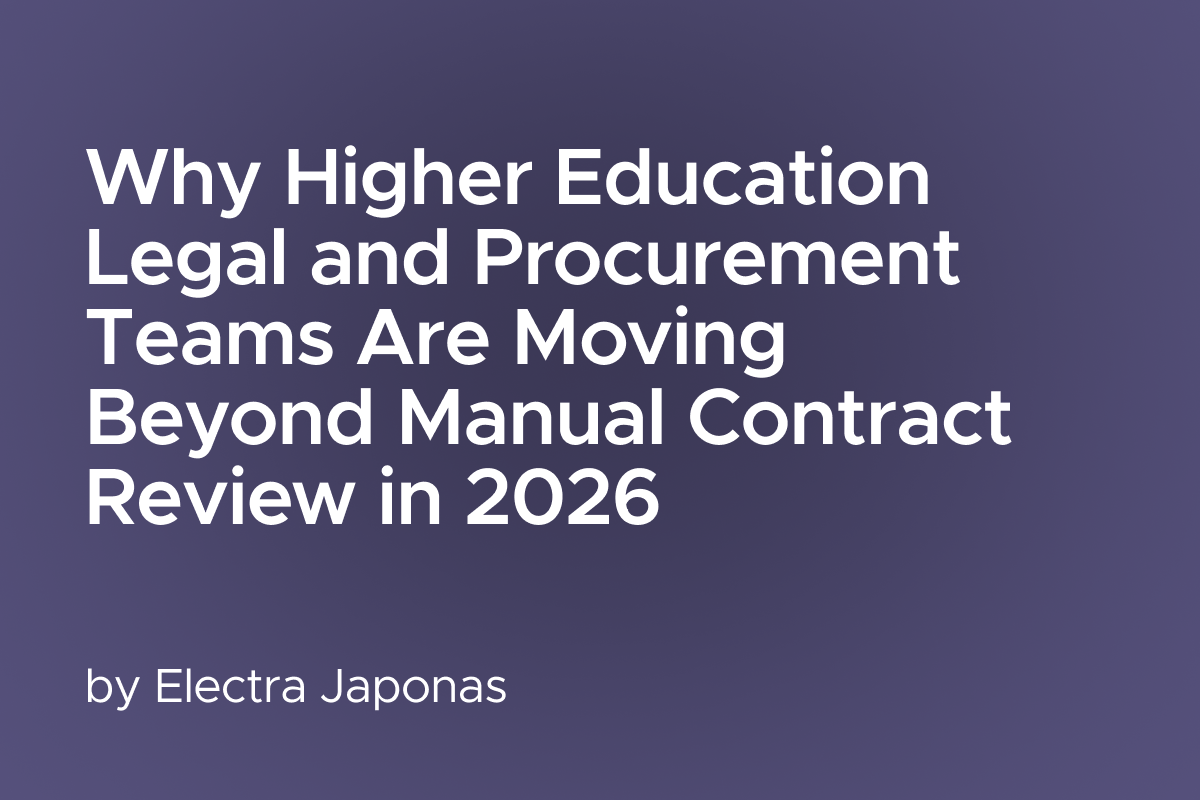I’m spending a lot of time digging into Contract Lifecycle Management software.
I’ve individually interviewed ~20 in-house attorneys who have implemented >1 CLM platforms both at the enterprise and mid-market levels. In these interviews, we’ve discussed everything from CLM pricing models and failed implementations to user access rights and workflow configurability.
I plan to test my findings and early conclusions here on LinkedIn, and via our private Substack at simpledocs(.)com. These conclusions will invariably be flawed and naive at first, but will help develop my understanding of the CLM market and the market opportunity for SimpleDocs.
5 (Early) CLM Market Observations
CLM Product Differentiation is Non-existent:
I believe a handful of CLM vendors have incredible distribution advantages in the market. But I don’t believe there is or will be any product differentiation even among the leaders in the market. Which makes this a marketing race not a product race.
CLM Implementations Are Not Getting Properly Scoped During the Sales Process:
My strong impression here is that sales is hiding the ball on first time CLM buyers who don’t understand the level of effort or readiness required to implement a CLM. Or if that’s too harsh, then at best, sales is not asking enough questions during discovery to assess whether the buyer is ready to implement a CLM– or whether they’ll need a consultant to help them prepare.
CLM Business User Pricing Prevents Adoption:
A big promise of CLM workflow solutions is its self-serve capabilities that allow sales and other departments to request and generate standard templates without needing to interact with legal. But when the business has to commit to paying for business user licenses for every person who might generate an NDA or two, the software pricing is effectively competing against its own future adoption. There's a better way.
There’s No Hard ROI Business Case for CLM:
There were exceptions, but in most interviews we found CLM buyers didn’t need to make a compelling business case to access the CLM budget. We uncovered this by asking about reporting and which CLM dashboards were most compelling to CEOs and CFOs. The resounding feedback was that the C-suite wasn’t looking at any CLM reports. This is fine with me. I don’t want to pretend we’re building the next Oracle. But it’s somewhat unique to sell six figure software without a C-suite dashboard or annual impact report. Maybe that will change over time. Maybe not.
There’s No Winner-Take-All Dynamics in the CLM Market:
We all want moats and asymmetric network effects surrounding our business. But most software categories don’t work that way. CRM and HR software are more mature software categories that are also not winner-take-all. This just means there will be a constant flow of new CLM entrants, acquisitions and shut-downs every year. We’re very comfortable joining a crowded market.

.svg)

-min.svg)

